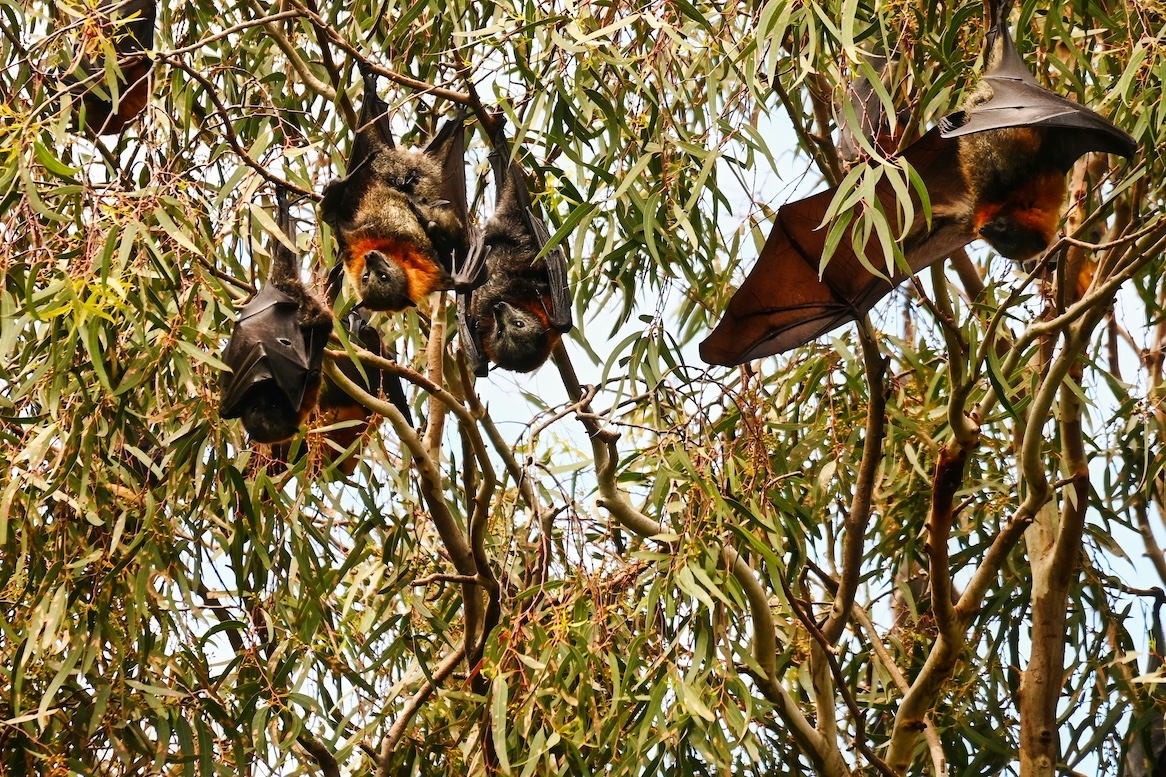NAVIPP Scientific Watch Serie
In the quiet bushland of Queensland, Australia, researchers collected urine samples from flying foxes as part of routine Hendra virus surveillance. What they found was unexpected: a completely new member of the henipavirus family, now named Salt Gully virus (SGV). This discovery, recently published in Emerging Infectious Diseases, highlights how pathogens can circulate silently in nature for years before being detected.
What makes Salt Gully virus unique
Henipaviruses include some of the most dangerous known viruses, such as Hendra and Nipah, which can cause severe disease in both animals and humans. But SGV is different:
– It is only the fourth henipavirus ever successfully grown in the lab.
– It does not use the same cell receptors as Hendra or Nipah to infect cells, suggesting it follows an unknown pathway.
– Early studies show it can infect human cells, though its ability to cause disease remains uncertain.
These differences make SGV scientifically fascinating — and underline how unpredictable viral threats can be.
Why early discovery matters
The identification of SGV is more than a scientific curiosity. It is a reminder that:
– Viruses often emerge quietly in wildlife before crossing into humans.
– Early detection is crucial to prevent misinformation, panic, or delayed responses when outbreaks occur.
– Surveillance and research provide the foundation for pandemic preparedness.
By isolating SGV and studying its properties, scientists now have the tools to develop diagnostic tests and monitor for possible spillover events.
The NAVIPP approach to preparedness
The NAVIPP consortium was created with exactly this challenge in mind: how can Europe better prepare for the next viral threat?
Our strategy focuses on:
– Building a diverse antiviral compound library to test against high-risk viruses.
– Prioritizing the most promising candidates in state-of-the-art ex vivo and in vivo models.
– Investigating novel delivery systems, such as nanotechnology-based antivirals.
– Creating a pipeline of broad-spectrum antivirals ready to be deployed when new threats, like SGV, are identified.
By investing in drug discovery now, NAVIPP strengthens Europe’s resilience for the future.
Looking ahead
The story of Salt Gully virus illustrates the importance of long-term surveillance and preparedness. While SGV does not currently change the health risk posed by bats, its discovery shows that new viruses are still waiting to be found — and that we must remain vigilant.
Preparedness today means resilience tomorrow.
